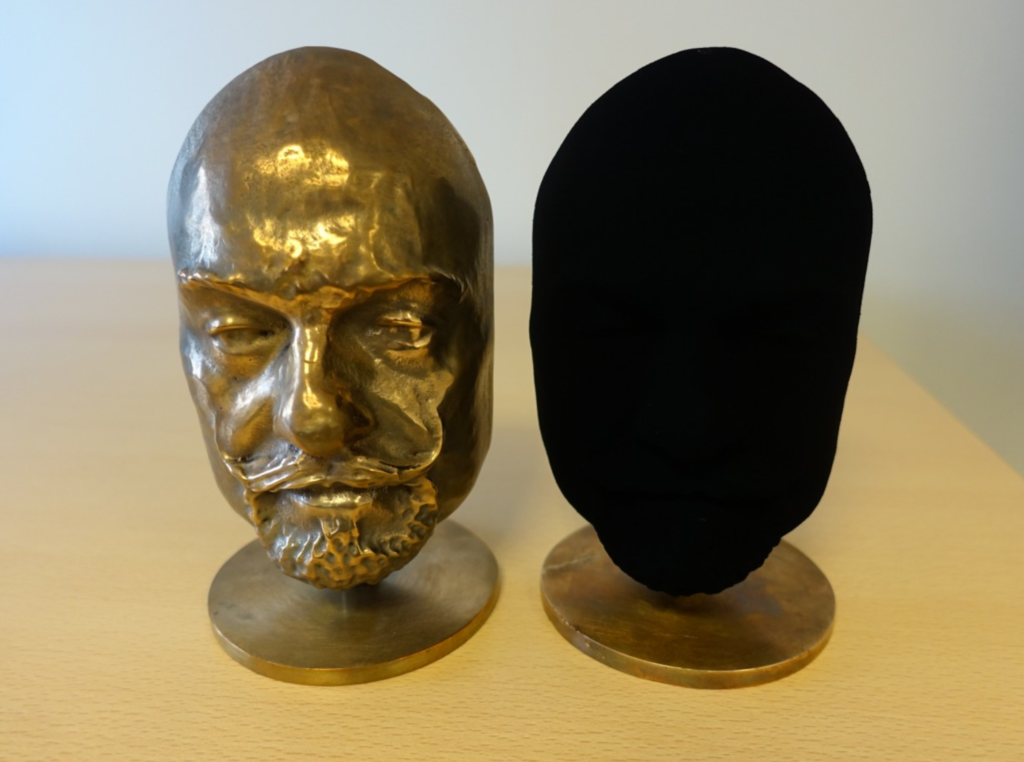Week 8: NanoTech + Art
This week's topic was nanotechnology and how it relates to art. Even though I knew it existed, I was still surprised to learn just how small the matter is that nanotechnology is able to manipulate. Having the capabilities to do this sort of manipulation opens up a whole field for scientists and artists to explore. Nanotechnology is even becoming more common as the technology improves and we are able to do more and more.
 |
| Nano Structures |
Artists use nanotechnology to create different colors for their artwork. One specific use of nanotech for color is the inventions of Vantablack and Black 3.0. Vantablack is touted as the worlds darkest black. It is able to absorb 99.96 % of light when its on an object. This makes objects almost look flat because there is no light reflection. Black 3.0 is more for consumers and is also extremely black. These two paint colors can be used as more than just art, and have scientific uses too.
 |
| Vantablack covers statue and looks like black hole |
Nanotechnology has so many benefits to the scientific and art communities, which were made clear this week. I am excited to watch the technology further, and see what new things these groups come up with.
Video of Zero@wavefunction exhibit (Credit: MediaArtTube, YouTube)
Binns, Corey. “Do Cells Make Noise?” Popular Science, 29 Jan. 2008, https://www.popsci.com/scitech/article/2008-01/do-cells-make-noise/#:~:text=You%20have%20to%20listen%20very,produce%20a%20symphony%20of%20sounds.&text=These%20motions%20are%20too%20slight,as%20a%20high%2Dpitched%20scream. Accessed 17 May 2021.
Loos, Marcio. “Chapter 1 - Nanoscience and Nanotechnology.” Carbon Nanotube Reinforced Composites, edited by Marcio Loos, William Andre Publishing, 2015, pp 1-36.

Wow! I had heard of Vantablack before but I had never seen an example before, thank you for sharing that image. It's fascinating that nanotechnology has lead to the development of new colors, thanks for making that connection.
ReplyDeleteVantablack is something I've never heard of before and looking at the image really confused my eyes for a good minute. I wonder how it can be applied in art pieces that have to do with visual effects since it seems to take away the ability to see the depth of the object or any curvature at that.
ReplyDeleteHello Ethan, I really enjoyed how you discussed the Vantablack as it's really intrigued me throughout my life and how you could connect it to nanotech. Also I like how you connected it to the arts and how it makes other objects look flat. Nanotech is almost becoming as common as normal technology.
ReplyDelete